Comprehending Competitive - Red in cEDH

Dockside Extortionist by Forrest Imel
Competitive Color Breakdown
White | Blue | Black | Red | Green | Multicolor | Colorless | Lands
Welcome back to Comprehending Competitive, today we're seeing red. The winner of cEDH's "most improved color" award for three years running, red just keeps getting better.
If this article had been written in 2018, there wouldn't be much to comprehend: two counters, some combo pieces, and the second-best wheel
Acceleration
As any given Ork from Warhammer 40K could tell you, "the red ones go faster". Because red is speed. It's the Barry Allen. The Ricky Bobby. The Sonic the Hedgehog. While it can't match green for consistent sources of mana, red goes fast, and if it ain't first, it's last.
Rite of Flame
Jeska's Will
Less common but no less powerful are Birgi
The verdict is still out on whether this little Pirate
And then there's the Goblin Pirate
It's the most played red card in cEDH. It's the most popular creature in the whole format. It's the only creature ever printed that reliably makes more mana than it costs as it enters the battlefield. And for some godforsaken reason, it only costs two mana.
Hailing from the Mystic Intellect precon of 2019, Dockside Extortionist has risen through the ranks to become a face of the format. Along with Ad Nauseam
As a creature rather than instant or sorcery, it is ripe for abuse. Blinking, bouncing, binning and then bringing back; the ways to amplify Dockside's ETB are endless. Every color identity has cards that go infinite with Dockside. Every color can tutor it. Just about every deck that can run it, will run it.
In a format where the four most played cards are artifacts with an average CMC of 0.25, it's easy to see how quickly Dockside becomes a mana explosion. Even if cEDH wasn't riddled with mana-positive rocks, Dockside would be obnoxiously strong.
Look to Conquest, an offshoot of Commander and the brainchild of cEDH godfathers Sigi, Wedge, infiniteimoc, and Shaper. Almost all mana-positive rocks (yes, even Sol Ring
"Dockside bends the game around itself - from deckbuilding to mulls to in-game choices. It generates mana in game-ending quantities. This means players will hold back enough mana to abuse Dockside once it resolves, blinking, copying and bouncing it either infinitely or enough to play and protect another wincon. Dockside begets more Dockside as it gets better the more players that are running and resolving it.
It has a propensity to win on the spot, often much earlier and with less respect for the boardstate than other strategies. Altogether, Dockside's omnipresence reduces competitive variance and skill expression in deckbuilding and gameplay, which is contrary to the playstyle we want to cultivate for Conquest."
It isn't cEDH that makes Dockside broken. It's just Dockside. The format context doesn't matter. I should clarify that I'm not actually advocating for a ban here, I'm just trying to illustrate how format-warpingly powerful this Pirate is.
Advantage
Now that Esper Sentinel
But that's not to say red can't see more cards. Low-color decks and those that rely on reanimation strategies will often run 2019's most surprising Modern ban, Faithless Looting
Meanwhile, Wheel of Fortune
Combo Potential
Special thanks to Scholars of Kaladesh from Commander Spellbook for these informative GIFs. Follow him on YouTube for more.
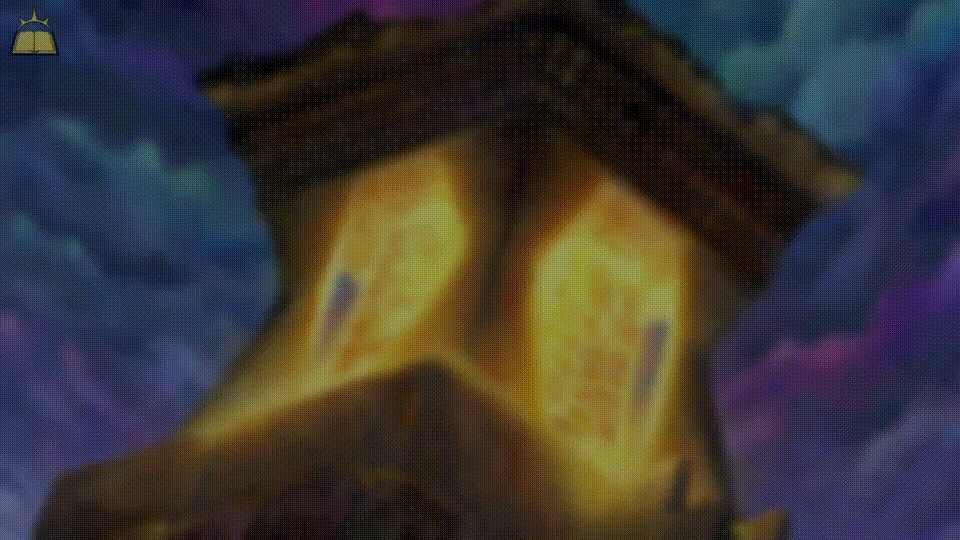
I've already covered Dockside
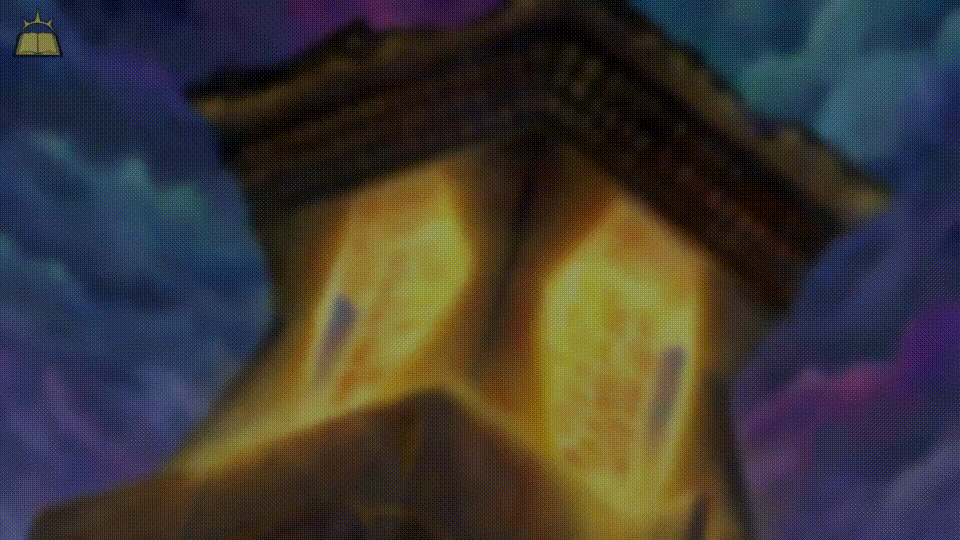
Underworld Breach
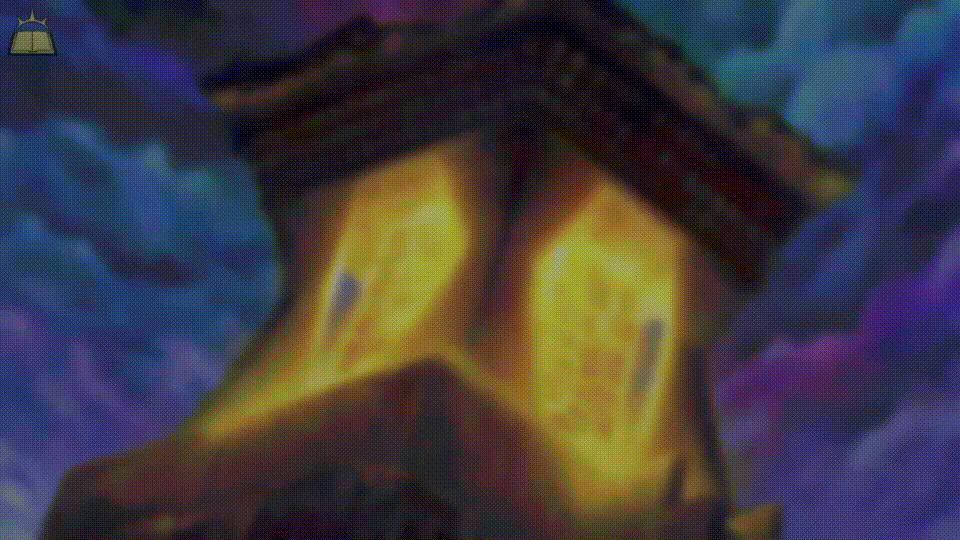
A simple two-card wincon that creates infinite 2/2 beaters. A fine combo that has the benefit of both halves being playable in their own right. Soon to receive a new piece from Unfinity in the form of Saw In Half.
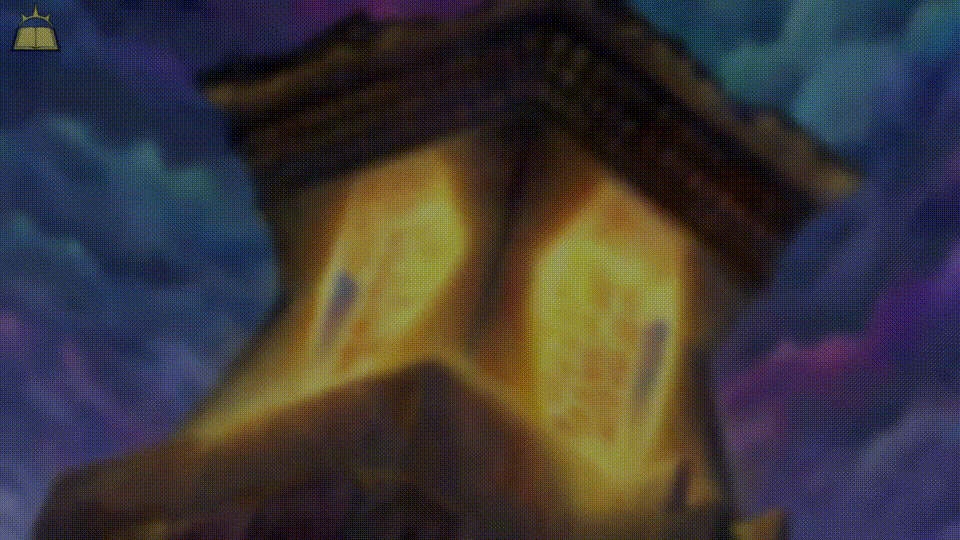
The giant meatball himself. Kiki-Jiki
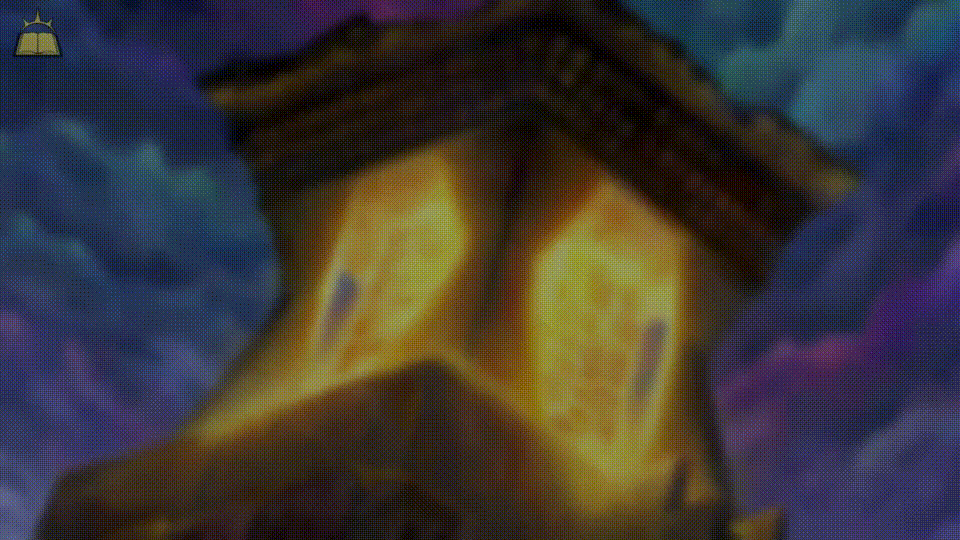
Since the printing of Helm of the Host
Interaction/Protection
Pyro
While Lightning Bolt
Possibly the best of the three free spells from (I'm not dignifying Flawless Maneuver
Stax
The Moon and its acolyte look as though they should be good in cEDH. In a format full of multicolor decks, and Tainted Pact
One reason for this is where mana actually comes from in cEDH. Like every other format, lands are the starting point, but between dorks, Treasure, rituals, and rocks, cEDH decks have a wealth of options when it comes to mana. Unfortunately for the big red moon, stopping lands and lands alone is often not enough.
Hilarious, but risky. You really need a way to break parity on this or you're just king-making. Decks like Ruric Thar feed on the chaos and force opponents to eat massive damage, while decks with access to Drannith Magistrate
Tutors
Red, like white, isn't great at tutoring. Beyond Gamble
Gamble
It's not uncommon to keep an otherwise middling hand on account of a Gamble. Presuming you kept seven, a turn-one Gamble gives you roughly an 86% chance of keeping the card you tutored for. It gets more complicated the fewer cards you have in hand and the more of those cards you aren't willing to discard, but that's part of what makes it so much fun to resolve.
Three mana for a conditional tutor isn't great, but it passes muster for red and the targets are decent. Sigh... you'll almost always search for Dockside, but every color has solid options. You'll see less of it in decks with access to black or green, as they have better creature tutors.
Yep, it gets Dockside. It can also set up fringe but game-winning combo piles. Goblin Recruiter
Miscellaneous Goodies
Removal stapled to an untapped land. What's not to like? As with the upcoming Channel land cycle in Kamigawa: Neon Dynasty, low-color decks have very few reasons to run basics over lands with incidental utility.
Sometimes an extra turn is all you need. No different to Wishclaw Talisman
Reds Under The Bed
Red has come a long way in a short time. Underworld Breach
What red lacks, though, is depth. It's light on tutors, stax, and card advantage. While mono-red decks are viable and even infamous, Birgi, Godo, and Magda are held aloft more by the power of their commanders than the quality of their cards. The overall power of the color is boosted by a small handful of extremely pushed pieces. This isn't a bad thing, but it's worth noting that red is a ways away from having the critical mass of playable staples that blue, black, or green can boast. If you'd like to know more about red, the mono-red discord is always open!
As a final note, I'm not in favor of banning Dockside, but I might have accidentally convinced myself otherwise. This was not my intention. Please Sheldon, let us keep him, he's so much fun.
Next week we'll tackle traditional EDH's strongest color, green.